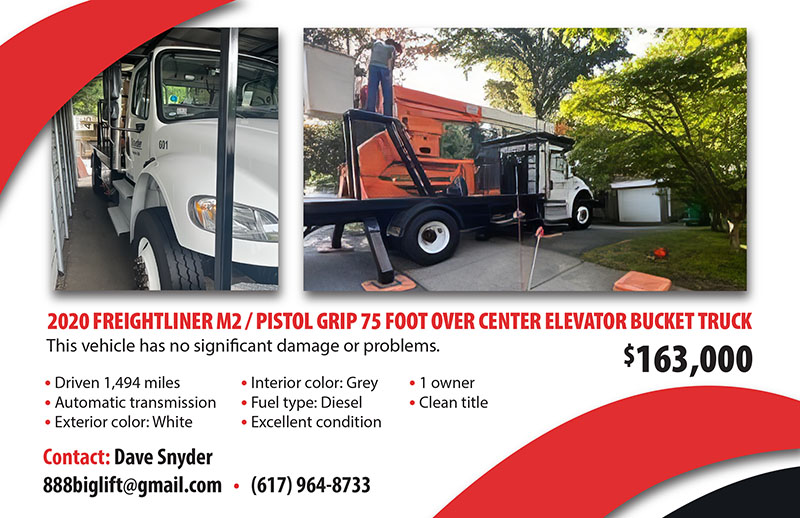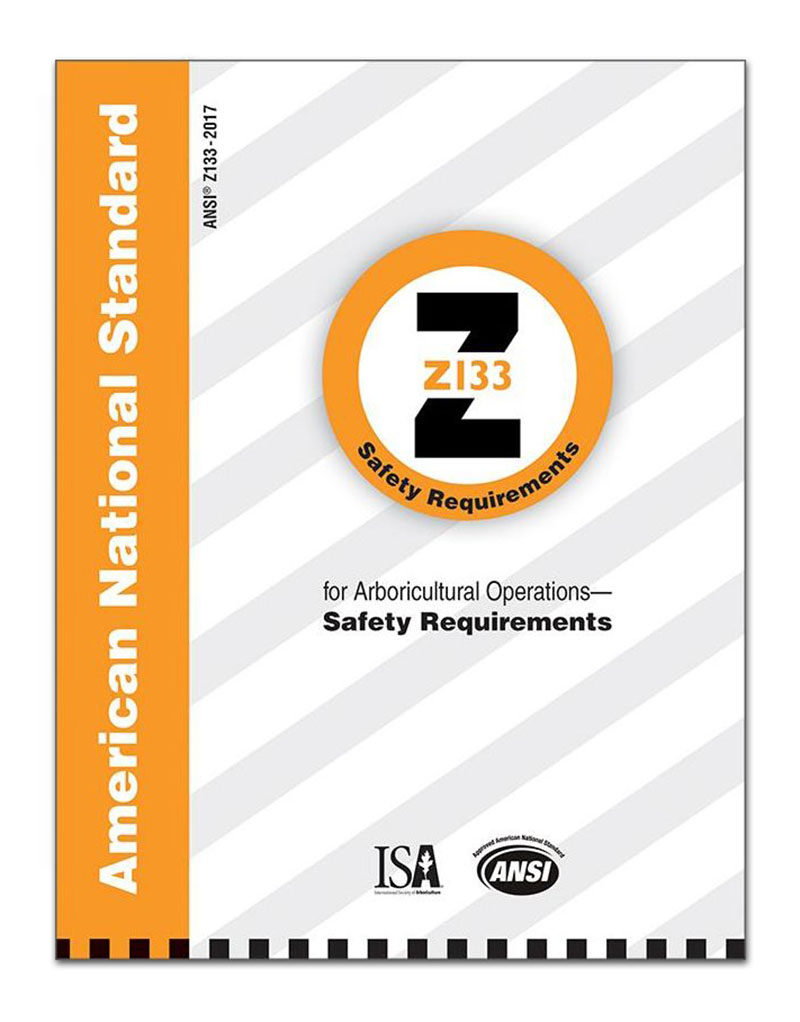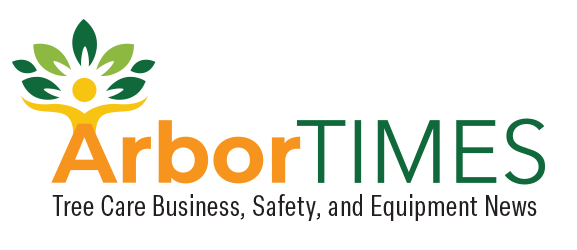OSHA vs. ANSI in the Tree Care Industry
When and how to apply these sometimes-conflicting standards
Este es nuestro intento de convertir las historias en audio español usando Inteligencia Artificial. Aún así le recomendamos que reconfirme ciertas palabras clave y temas. ArborTIMES no garantiza ni se responsabiliza de la conversión del inglés al español de los relatos.
_
I’ve often heard it said — even among experienced tree care professionals — that standards set by the Occupational Safety and Health Association (OSHA) don’t apply to the tree care industry.
Perhaps you’ve heard something like this before, often uttered by experienced pros with outstanding safety records and decades in the industry. Here are some examples:
“OSHA? We don’t do OSHA here. We do American National Standards Institute (ANSI.)”
or
“As long as you follow all the SHALLs in ‘The Z,’ you’re okay.”
or
“SHOULDs in ANSI are completely optional. You only have to follow the SHALLs.”
Perhaps it’s time to review the history and purpose of OSHA Standards and the Occupational Safety and Health Act (OSH).
Understanding OSHA
The OSH Act was enacted by Congress and signed by President Richard Nixon in 1970. It established the National Institute for Occupational Safety and Health (NIOSH) to research and make recommendations to prevent work-related injury and illness, while OSHA served as the administrative arm.
Included within the U.S. Department of Labor, OSHA has the authority to enforce workplace safety standards in all 50 states and U.S. territories. The act lists the duties of employers and employees as follows:
- Each employer shall furnish to each of its employees’ employment and a place of employment which are free from recognized hazards that are causing or are likely to cause death or serious physical harm to employees.
- Each employer shall comply with occupational safety and health standards promulgated under this act.
- Each employee shall comply with occupational safety and health standards and all rules, regulations, and orders issued pursuant to this Act which are applicable to their own actions and conduct.
The first bullet is derived from Section 5(a)(1) of the act and is commonly referred to as the General Duty Clause.

Who is covered by the OSH Act?
The act covers most private sector employers and their employees and addresses federal employees separately. States are encouraged to adopt their own programs, which are approved and monitored by OSHA at the federal level. It is true that the act does not cover everyone and every industry. According to the Department of Labor, the act does not cover:
- Self-employed persons (see below)
- Farms that employ only immediate members of the farmer’s family
- Working conditions for which other federal agencies regulate worker safety. This includes most working conditions in mining, nuclear energy and nuclear weapons manufacturing, and many aspects of the transportation industries.
- Employees of state and local governments, unless they are in one of the states operating an OSHA-approved state plan
Additionally, employers with 10 employees or less are partially exempt from the extensive record-keeping requirements. However, they must still report injuries and fatalities and must adhere to the standards.
It’s important to note that OSHA defines an employer as “anyone who is engaged in business and has employees.” So, if you own a business and have employees, you might refer to yourself as “self-employed,” but in legal terms you are an employer. This means that both you and your employees are covered by the OSH Act and are subject to the federal and state jurisdiction of OSHA.
How does ANSI apply?

Photo courtesy of ISA
ANSI is a private, nonprofit organization that oversees standards and conformity assessment activites in the U.S. ANSI’s Z133 Safety Standard was developed for the arboriculture industry and provides criteria for work that involves general safety and procedures, electrical hazard, use of vehicles and mobile equipment, portable tools and ladders, and climbing.
The best way to understand how ANSI standards fit into the picture is to expand your understanding of the general duty clause. This clause is unambiguous in its requirement for employers to provide a workplace free of “recognized hazards.”
What does ANSI Z133 do? It helps to identify and recognize hazards as well as control measures to mitigate those hazards. Of course, so do other industry-recognized training publications, best practices, and manufacturers instructions. ANSI Standards are known as “voluntary consensus standards.”
These standards are not in-of-themselves “the law.” They can be thought of as best practices that are agreed upon by industry experts. As such, they clearly establish certain hazards as known and can be referred to in a legal case involving death or physical harm.
In certain cases, OSHA may refer to ANSI standards directly and require that they be followed. In writing specific standards, OSHA may use consensus standards, such as Z133, as a reference. In other words, ANSI Standards may end up carrying the force of law.
In the case of the tree care industry, although OSHA recognizes the existence and value of Z133, it does not, in fact, agree with all industry practices and the consensus standards that address them.
For example, as per the Tree Care Operations Standard Small Business Advocacy Review Panel-Small Entity Representative Issues Document March 2020, OSHA finds the hoisting of personnel in cranes as contrary to existing standards and likely inconsistent with manufacturer’s recommendations. This implies that strict adherence to Z133 does not guarantee that you are in compliance with either OSHA standards or the general duty clause.

Photo by Richard May
For those concerned with compliance, this reality can feel a little like a “damned if you do and damned if you don’t” scenario. In reality, what this illustrates is the inherent complexity of our industry (and many industries) and the real-life challenges that exist in recognizing hazards, creating standards, and applying them in the realistic world of work.
What this further illustrates is the importance of developing understanding within the industry’s full body of knowledge and the inescapable necessity of exercising sound judgment in all situations.

What about SHOULDs and SHALLs?
SHOULDs and SHALLs refer to how ANSI uses these words in its standards. It’s important to remember that ANSI standards are voluntary consensus standards and are not in themselves “the law.” Therefore, it logically follows that all SHOULDs are voluntary and all SHALLs are also voluntary.
However, all SHOULDs and SHALLs identify recognized hazards. In situations where there is no OSHA standard, employers may be cited under the general duty clause. Given the wording of the general duty clause, it logically follows that OSHA may or may not consider the distinction between a SHOULD or a SHALL.
To be cited under the general duty clause, the following conditions must be met:
- The employer failed to keep the workplace free of a hazard to which employees of that employer were exposed
- The hazard was recognized
- The hazard was causing or was likely to cause death or serious physical harm
- There was a feasible and useful method to correct the hazard
What this boils down to is a duty of care where the employer should have reasonably known of the hazard and should have reasonably done something to correct it. In other words, as an employer, you are not insulated from legal exposure because no OSHA standard exists, or because of the “voluntary” nature of consensus standards, or because something was identified as a SHOULD or a SHALL.
Summary
The legal and regulatory environment provides that employers may be cited for failure to follow an existing law or regulation or for failure to exercise their responsibility under the OSHA general duty clause.
The general duty clause requires employers to provide a workplace free from known hazards. Consensus standards, industry best practices, and manufacturer’s Instructions (among other sources) all serve to help identify known hazards and identify control measures.

OSHA has established that it’s the employer’s responsibility to keep their employees safe. The tree care industry is most certainly subject to OSHA standards, laws, and regulations. At the end of the day, knowledge of all standards (OSHA and consensus), industry expertise, and exercising sound judgment are all required for both safety and compliance.
Bob Lehman is an organizational development director and trainer for Academy Trained, production engineer for Two Tree Guys podcast, and an authorized OSHA general industry outreach trainer.


